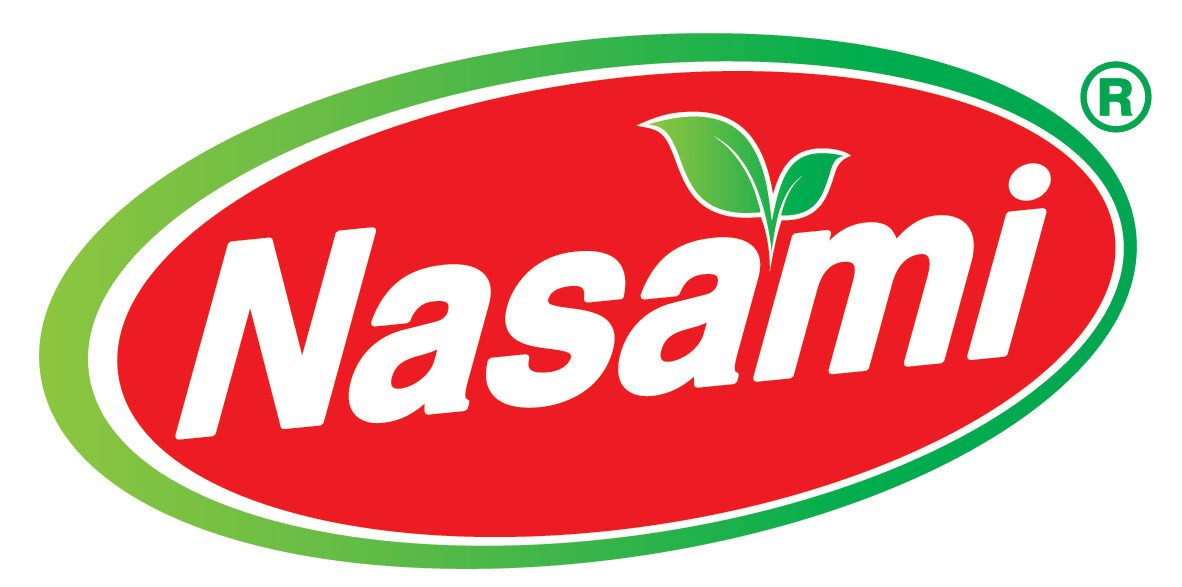If you’ve ever browsed the juice aisle and wondered whether red grape juice not from concentrate is really better than its concentrated counterpart, you’re not alone. Many people are unaware of how processing methods impact taste, nutrients, and even long-term health. In this article, we uncover 8 powerful differences that will completely change the way you think about juice.
Table of Content
Toggle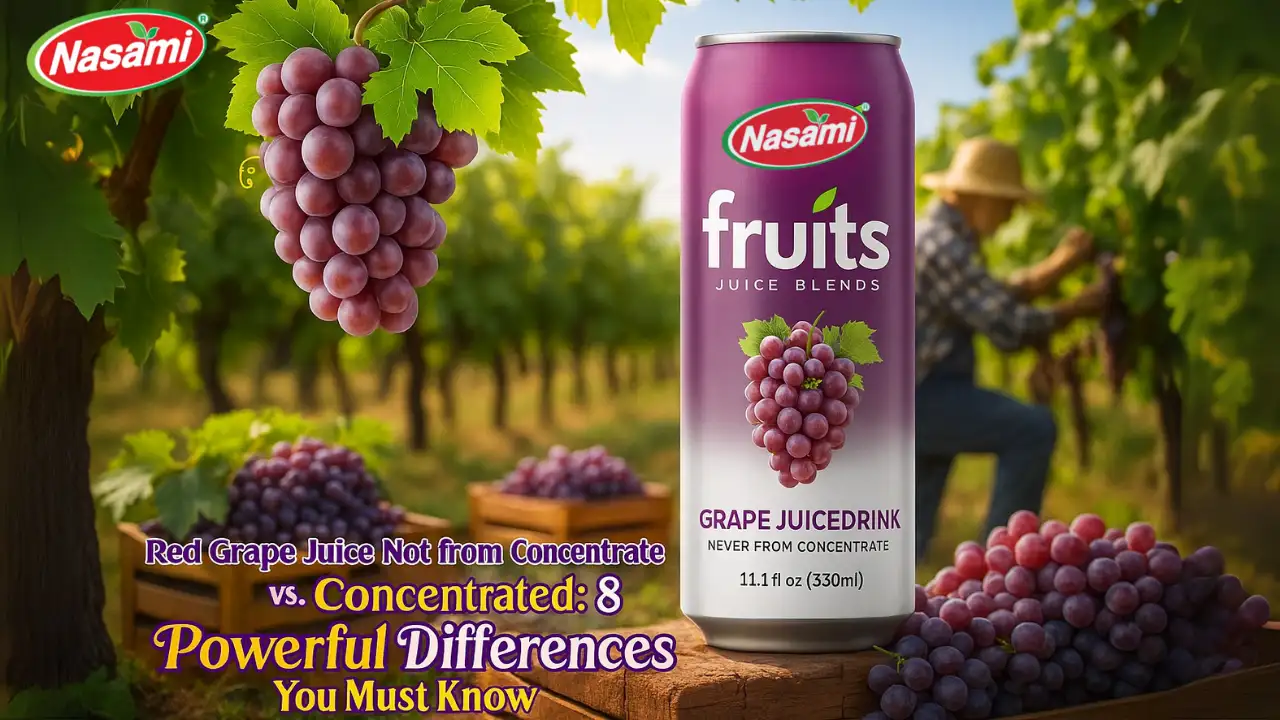
What Is Red Grape Juice Not from Concentrate?
Red grape juice not from concentrate is made by directly extracting juice from fresh red grapes and gently pasteurizing it without removing the water content. The result is a more natural, fresher-tasting juice that retains much of the fruit’s original flavor, aroma, and nutrients.
✅ Key Characteristics:
No water removed or added
No added sugars or synthetic flavors
Closer to fresh-pressed juice
Often labeled as “100% juice, not from concentrate”
What Is Concentrated Red Grape Juice?
In contrast, concentrated red grape juice is created by heating the juice to evaporate most of its water, resulting in a thick syrup called “juice concentrate.” Later, this concentrate is diluted with water, and often mixed with sweeteners, colors, or flavorings to resemble the original juice.
⚠ Common Additions in Concentrated Juice:
High-fructose corn syrup
Natural or artificial flavors
Preservatives or stabilizers
8 Powerful Differences Between the Two
Let’s dive into the eight key differences that set these two juice types apart.
Nutrient Retention
Not from concentrate: Retains higher levels of antioxidants like resveratrol, vitamin C, and polyphenols.
From concentrate: Nutrients often reduced due to high-heat processing.
Flavor Authenticity
Not from concentrate tastes like fresh grapes.
Concentrated versions may taste artificial due to added flavorings.
Additive Use
Not from concentrate: Typically free of added sugars or flavors.
From concentrate: Frequently includes additives to improve taste or shelf life.
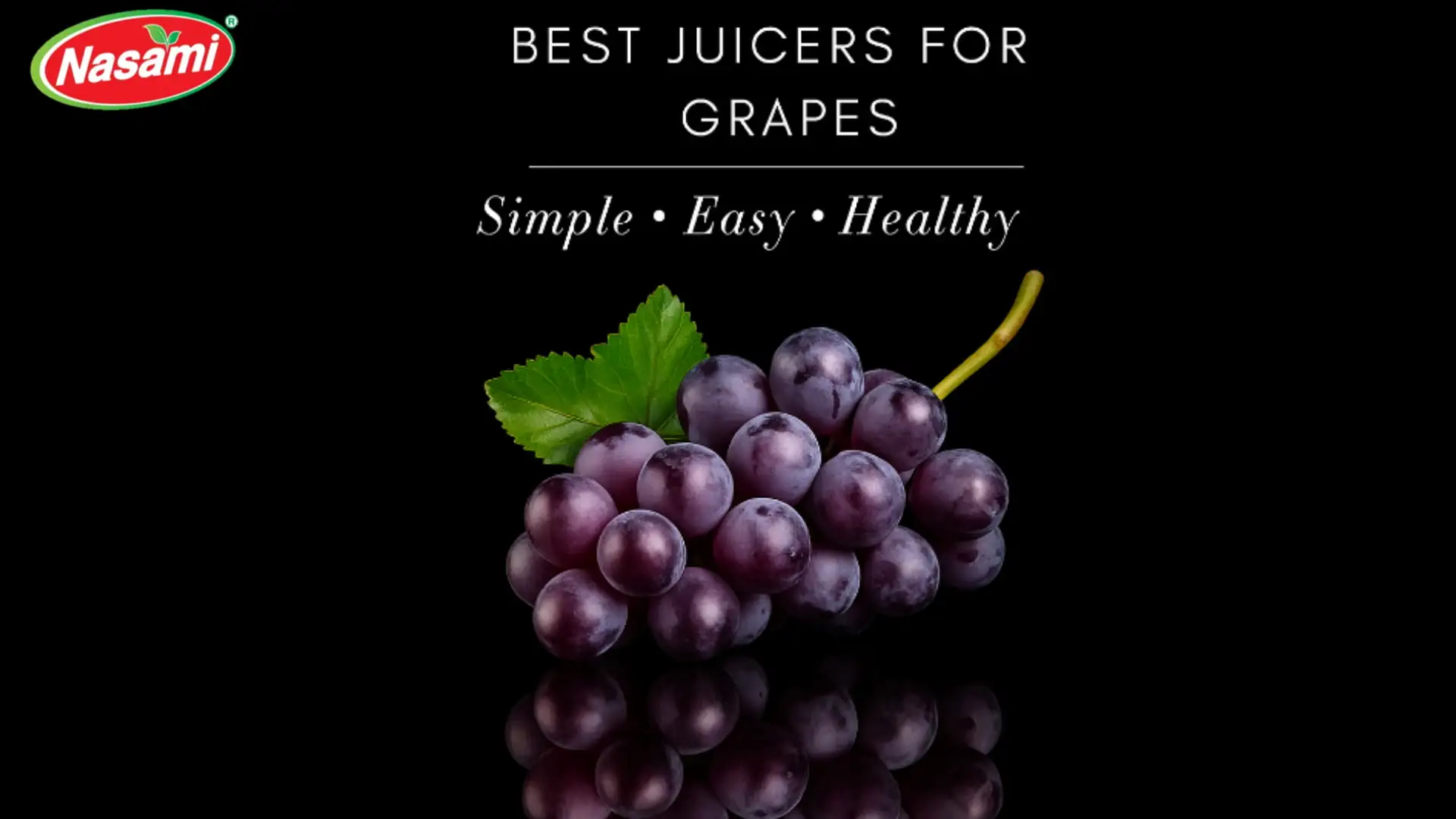
Sugar Content
Not from concentrate often contains naturally occurring sugars only.
Concentrated juice may have added sugars, increasing the glycemic index.
Processing Method
Less heat involved in not-from-concentrate juices = fewer nutrient losses.
Concentrate is heavily boiled and reconstituted.
Shelf Life
Concentrated juice has a longer shelf life but sacrifices quality.
Not-from-concentrate has shorter shelf life but superior freshness.
Label Transparency
“Not from concentrate” is a clear indicator of minimal processing.
“From concentrate” may hide behind marketing terms like “natural flavor.”
Environmental Impact
Not-from-concentrate requires more packaging and cold transport, but avoids the energy-heavy reconstitution process of concentrates.
Which One Is Healthier?
From a nutritional and health perspective, red grape juice not from concentrate stands out as the better choice. It delivers pure fruit nutrition, no added sugars, and a fuller antioxidant profile.
💪 Health Benefits Include:
Lower inflammation markers
Better cardiovascular health (thanks to resveratrol)
Improved cognitive function
Stronger immunity
How to Identify Juice Not from Concentrate
When shopping, be cautious with labels. Look for the following indicators:
The phrase “100% Juice – Not from Concentrate”
No added sugars or flavors listed in ingredients
Often found in refrigerated sections
May mention “cold-pressed” or “fresh pressed”
🧃 Tip: If water is the first ingredient, it’s likely from concentrate.
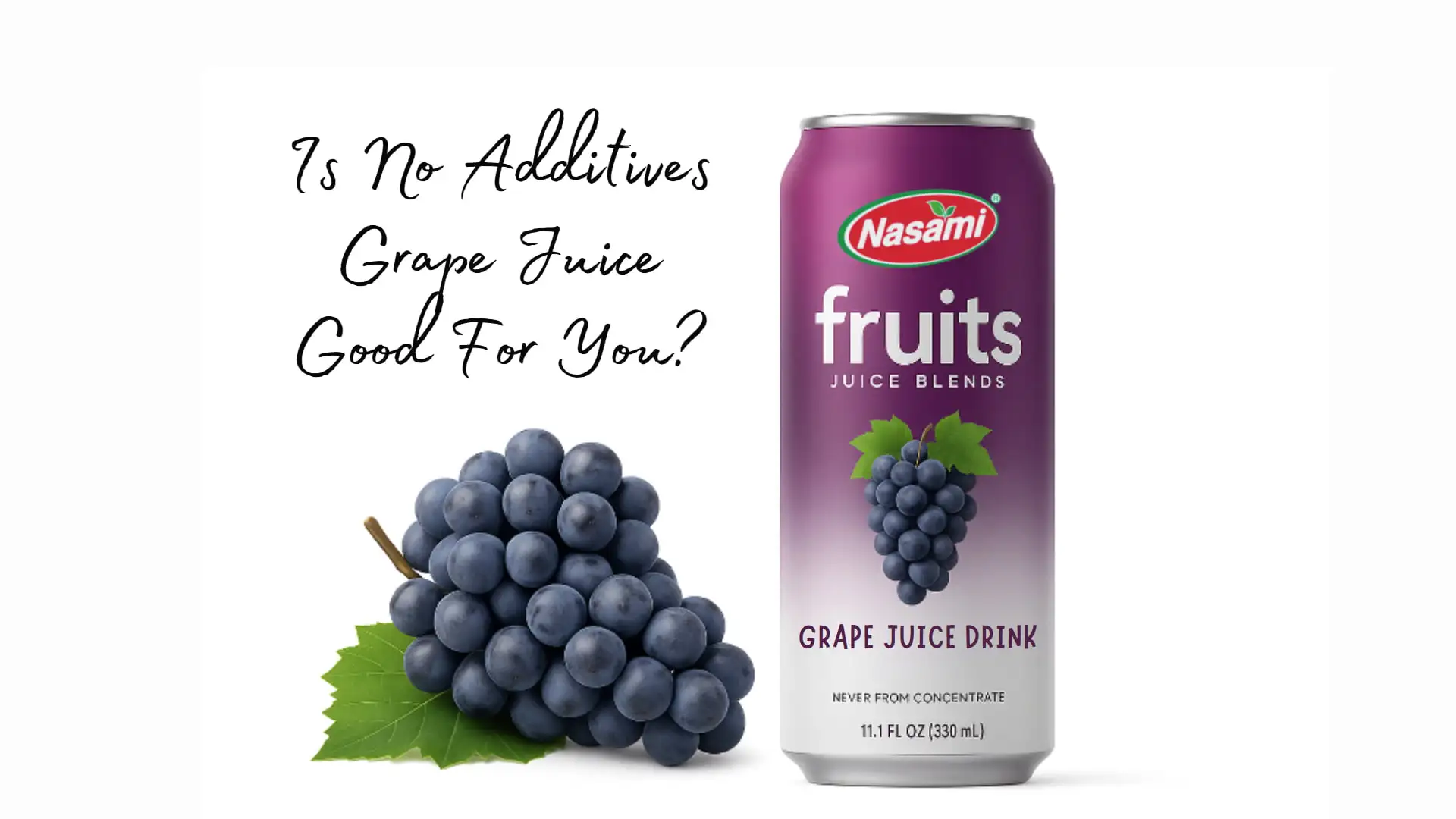
Real Benefits of Red Grape Juice Not from Concentrate
Red grapes are packed with antioxidants, particularly flavonoids and polyphenols that provide measurable health improvements.
Boosts Brain Function
Studies suggest regular intake may support memory and cognitive sharpness.
Anti-Inflammatory Properties
Its compounds may help reduce inflammation markers linked to chronic illness.
Supports Immune System
High in vitamin C and other antioxidants to boost immune response.
Improves Skin Glow
Thanks to resveratrol and hydration properties, skin looks more radiant and fresh.
Natural Detoxifier
Flushes out toxins gently through improved kidney function.
Balances Blood Sugar (When Unsweetened)
Unlike sugary soft drinks, not-from-concentrate red grape juice won’t spike blood sugar as severely.
How to Enjoy It Daily
Incorporating this juice into your daily life is simple. Here are a few smart ways:
☀ Morning Boost:
Drink 100 ml with breakfast to kick-start your metabolism.
🥗 Midday Refresh:
Add to a smoothie with spinach, chia seeds, and banana for an energy burst.
🍹 Healthy Mocktail:
Mix with sparkling water, mint leaves, and lemon slices for a sugar-free drink.
❄ Freeze as Ice Cubes:
Pour into trays and freeze—use in water for a fruity infusion.
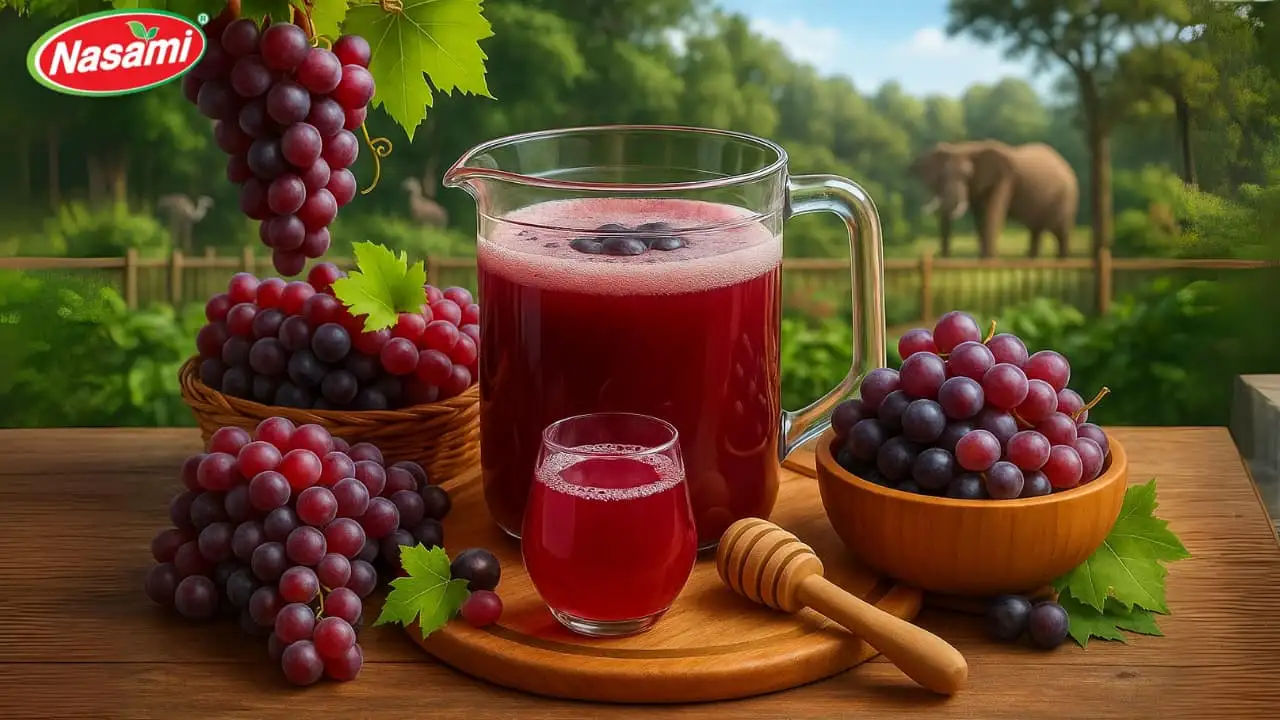
When it comes to juice, not all options are created equal. Choosing red grape juice not from concentrate means choosing purity, nutrition, and taste. It may cost a little more and have a shorter shelf life, but the benefits to your health and well-being are long-lasting.
If you care about what goes into your body, this is the juice that respects your standards.
References:
Premium Juice Drink Wholesaler – 10 Bold Reasons Our OEM Clients Stay Loyal
Export Fruit Juice Drink: 8 B2B Tips for Global Success
Private Label Fruit Juice: 5 Insider Tips for Rapid OEM
Grape Juice Not From Concentrate: 7 Amazing Reasons Why Smart Shoppers Choose It Every Time
Premium 100 Apple Juice Not From Concentrate: Your B2B Beverage Solution
